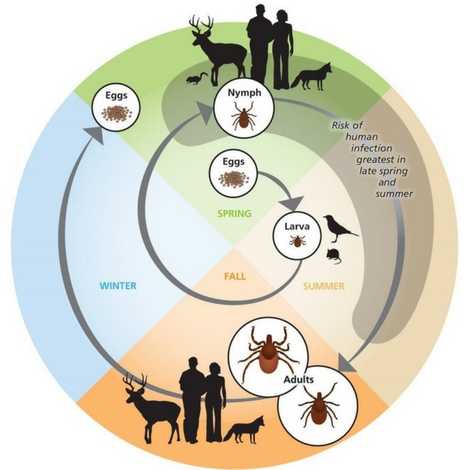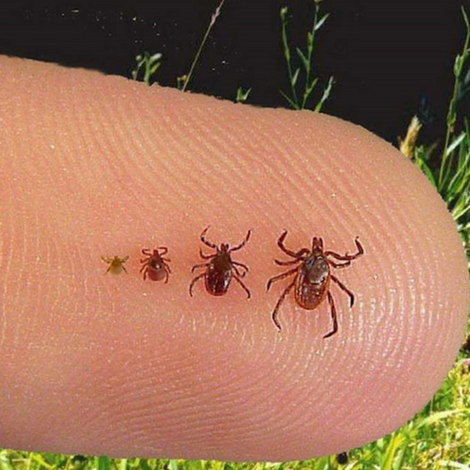tick life cycle canada
Since there are so many different tick species the duration of this life cycle varies greatly from a. The life cycle of a tick is completed after four stages namely egg larva nymph and adult it requires more than a year to complete a full life cycle.
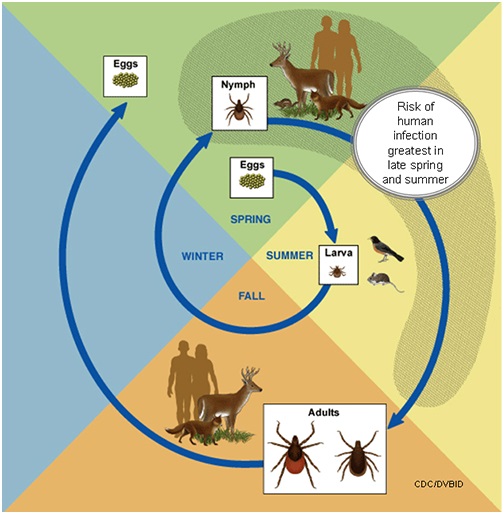
Ticks What Do I Need To Know As An Atlantic Canadian Mountain Road Animal Hospital
Egg six-legged larva eight-legged.

. Generally adult female hard ticks breed while on the host animal and then drop to the ground to lay eggs. An in nite system of di erential equation approach. The life cycle of a tick can be divided into four sections.
Black Legged ticks are the common vector for Lyme Disease. In early spring ticks begin to lay their eggs. Cyrine Chenaouia Slimane Ben Mileda Mamadou Sadio Ndongobd Papa Ibrahima Ndiayebcd Mourad Rekikf Mohamed Aziz Darghouthe aInstitut Pasteur de Tunis Universit e de Tunis el Manar 1002 Tunis Belv ed ere Tunisia bLaboratoire dInformatique et de Math.
During the one-host life cycle ticks remain on the same host for the larval nymphal and. They can be found across the eastern half of the United States and into southern portions of. Each stage of the life cycle requires a blood meal to develop and eggs typically hatch into six-legged larvae after a period of four to 10 days.
Larvae nymph adult and egg. Eggs are not dangerous and. Egg larva nymph and adult.
All ticks whether they are hard or soft undergo four developmental stages namely egg larva nymph and adult. It begins in early spring when adult females lay eggs on the. The lifecycle of Ixodes pacificus ticks generally lasts three years.
After hatching the newly-born tick larva requires a blood meal to advance to the next stage of life as a six-legged nymph. The tick requires a blood meal to evolve into each stage of its life. After feeding the larva drops to the ground to digest its food and begin to grow.
The Rocky Mountain wood tick is a three-host tick a new host being sought for each one of its three feedings which occur over a period of 1 to 3 years. Its first host is usually a small mammal or a lizard and it has to find a host in order to grow. A climate-based model for tick life cycle.
Typical life cycle of the blacklegged tick Ixodes scapularis and associated infection by Borrelia burgdorferi in Canada showing the succession of immunological and environmental challenges to. The blacklegged tick or deer tick Ixodes scapularis is one of the most important ticks in the Northeast for human and animal health. Ticks have 4 life stages.
During this development ticks go through four stages of life. 2 to 6 feet. After a two-year life cycle a female tick can lay thousands of eggs.
Lets review the life-cycle of a tick. Ticks come in various sizes and shapes based on the stage of life they are at. Aside from its missing set of legs the larva looks a lot like an adult tick.
Two of the most common types are Black Legged ticks formerly know as the Deer Tick and the American Dog tick. Hoary Tick-trefoil Canada Tick-clover. The Ixodes scapularis ticks that transmit Lyme disease in Eastern regions of the United States and Canada have a two-year life cycle.
Usually rodents and other small animals serve for the first two feedings and large animals such as deer cattle dogs sheep and humans serve as the host for the last feeding. Inside or out ticks love a warm environment to lay their eggs. After the eggs hatch the ticks must have a.
Ixodes scapularis the black-legged deer tick which is the primary vector for Lyme disease has a four-stage life cycle and a lifespan of about two years. Now let us look at their life cycle to get a better understanding. Ticks can transmit disease such as Lyme to animals and people when they take a blood meal.
Prairies along shores along roads railroads open woods. The First Stage egg The adult female tick first fulfills a proper blood meal then the process of mating occurs between an adult male and adult female tick. A tick goes through a similar life cycle as other arthropods as the metamorphosis starts at the egg stage moves to larval stages then to the nymphal stage and finally to adult.
Fabaceae Pea Life cycle. These stages are egg larvae or seed tick nymph and adult. Ticks are not able to lay eggs directly on a host they must first detach.
Ticks are found in many areas across Canada including southern Ontario. However they can lay eggs just about anywhere else and they do. The eggs hatch and six-legged larvae emerge from the eggs.
The majority of hard ticks require three different hosts to complete their development. Blacklegged ticks are common species and the primary vectors for Lyme disease Anaplasmosis Babesiosis and other illnesses. Ticks begin questing looking for a blood meal when temperatures reach 4oC and higher.
There are dozens of tick species found across Canada but two of the most common are American Dog Ticks and Blacklegged Ticks. Egg larvae nymph and adult. Stages in the Life Cycle of Ticks.
Most tick species undergo one of four different life cycles. Its important to be familiar with this life cycle to get rid of ticks from your lawn and. Average to moist sandy or rocky soil.
The female tick then leaves the host and. At this stage of life these small ticks about 18-inch in size have six legs instead of the eight legs they will have later on in their lives. These are the two you will often find in high risk areas.
The separation between tick risk zones and tick safe zones on and around your property can be a single step. Ticks have 4 distinct stages to their life cycle. When the egg hatches a six-legged larva emerges.
During this time they go through four life stages. The tick feeding process makes ticks very good at transmitting infection. The ticks need a new host at each stage of their life.
Ticks have a two year life cycle. Depending on the tick species and its stage of life preparing to feed can take from 10 minutes to 2 hours Ixodes Life Cycle The lifecycle of blacklegged ticks Ixodes scapularis and Ixodes pacificus generally lasts two yearsDuring this time they go through four life stages. A tick begins its life as an egg.
There are dozens of different tick species that are commonly found across Canada. Members of the family Ixodidae undergo either one-host two-host or three-host life cycles. Egg Larvae Nymph and Adult.
1 The Egg Stage 1 After the adult female tick has acquired a proper blood meal she mates with the adult male tick leaves the host and searches for a suitable spot to lay her eggs. Female ticks lay thousands of eggs on the ground which then hatch into larvae known as seed ticks. Female adults die after egg-laying is complete.
Life Cycle of Ticks.
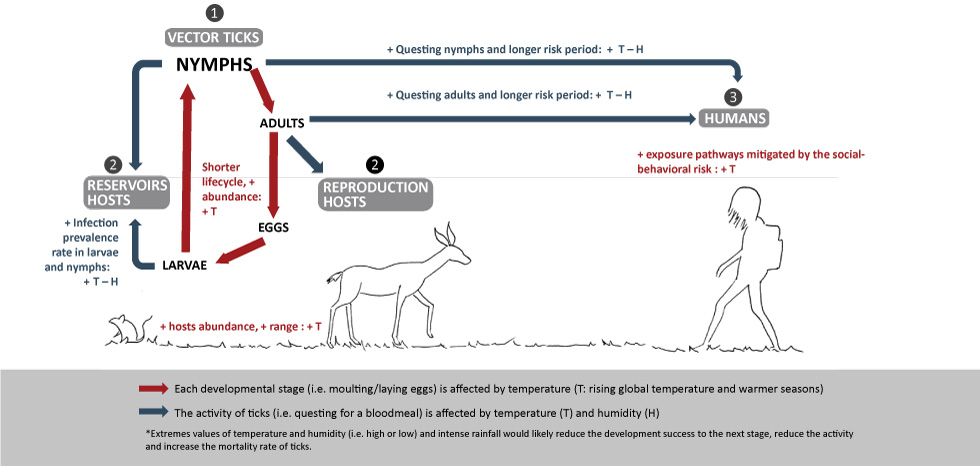
Tick Borne Disease With Climate And Environmental Changes Canada Ca
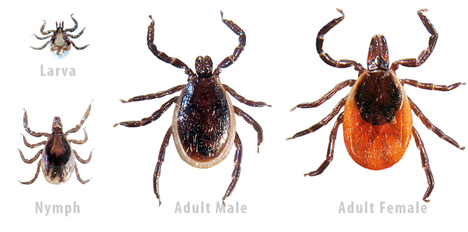
Ticks What Do I Need To Know As An Atlantic Canadian Mountain Road Animal Hospital
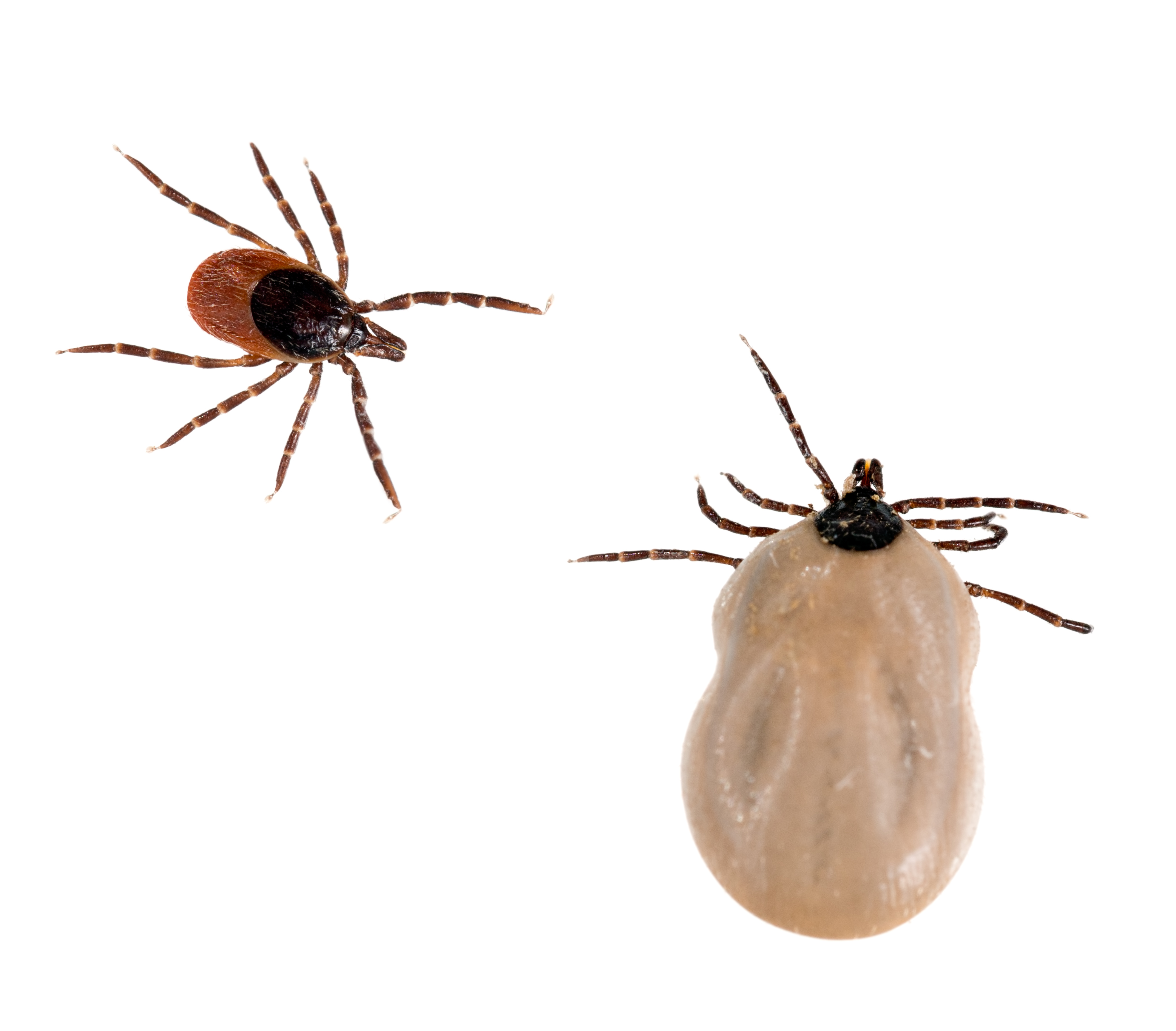
New Tick In Town Four Other Common Ticks

Life Cycle Of The Ixodes Tick Vectors Of Lyme Borreliosis Reservoir Download Scientific Diagram
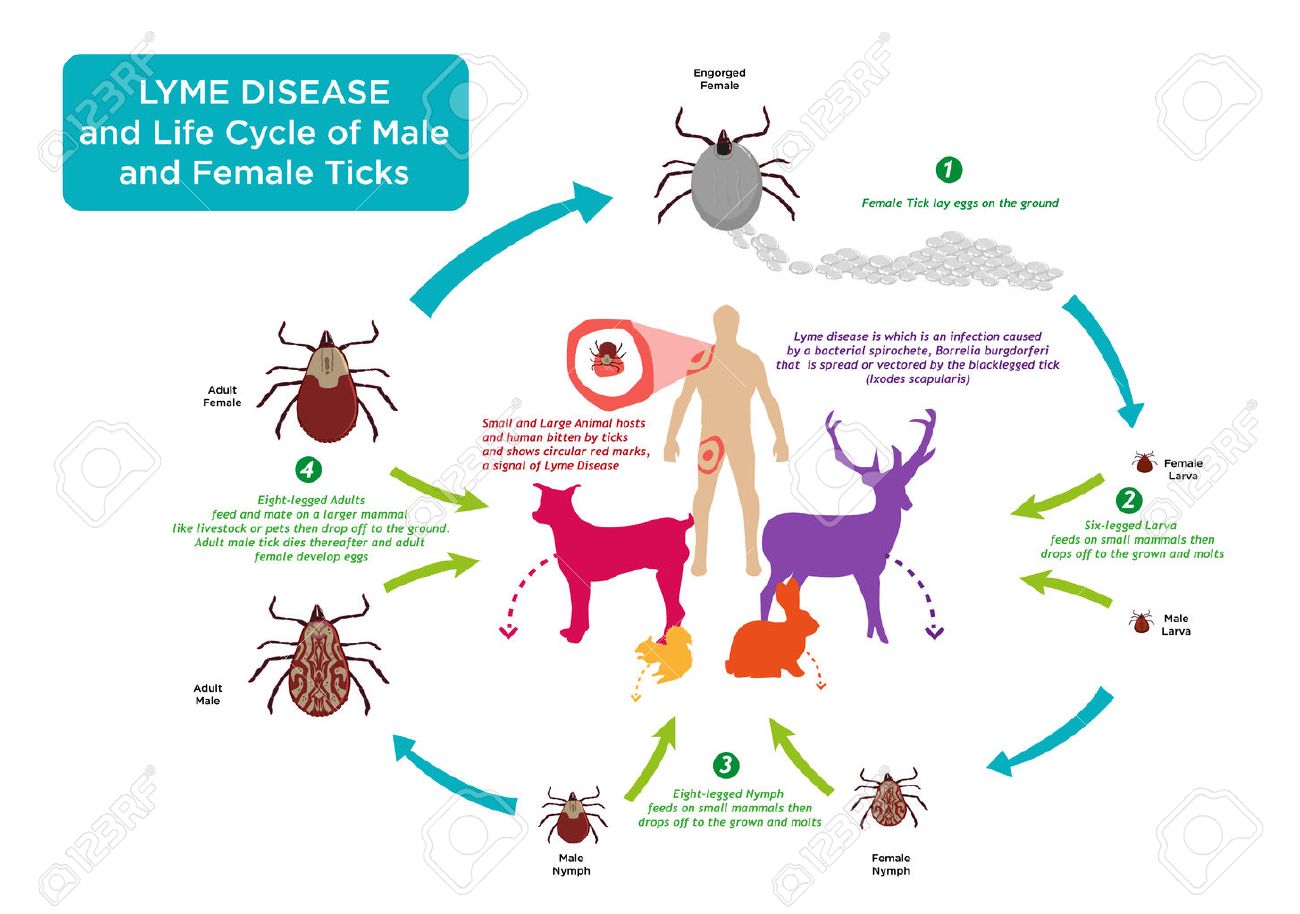
Life Cycle Of Tick Bug With Its Common Hosts And Human With Lyme Disease Which Is

Typical Life Cycle Of The Blacklegged Tick Ixodes Scapularis And Download Scientific Diagram

Western Blacklegged Tick Tickencounter

Life Cycle Of Ixodes Ricinus And Transmission Of Rodent Associated Download Scientific Diagram

Typical Life Cycle Of The Blacklegged Tick Ixodes Scapularis And Download Scientific Diagram
Can Ticks Drink Blood Outside Of A Host S Body And Can They Parasitize Another Tick Quora

The Typical Life Cycle Of The Black Legged Or Deer Tick Ixodes Download Scientific Diagram
Tick Control And Disease Prevention Deerbusters Canada
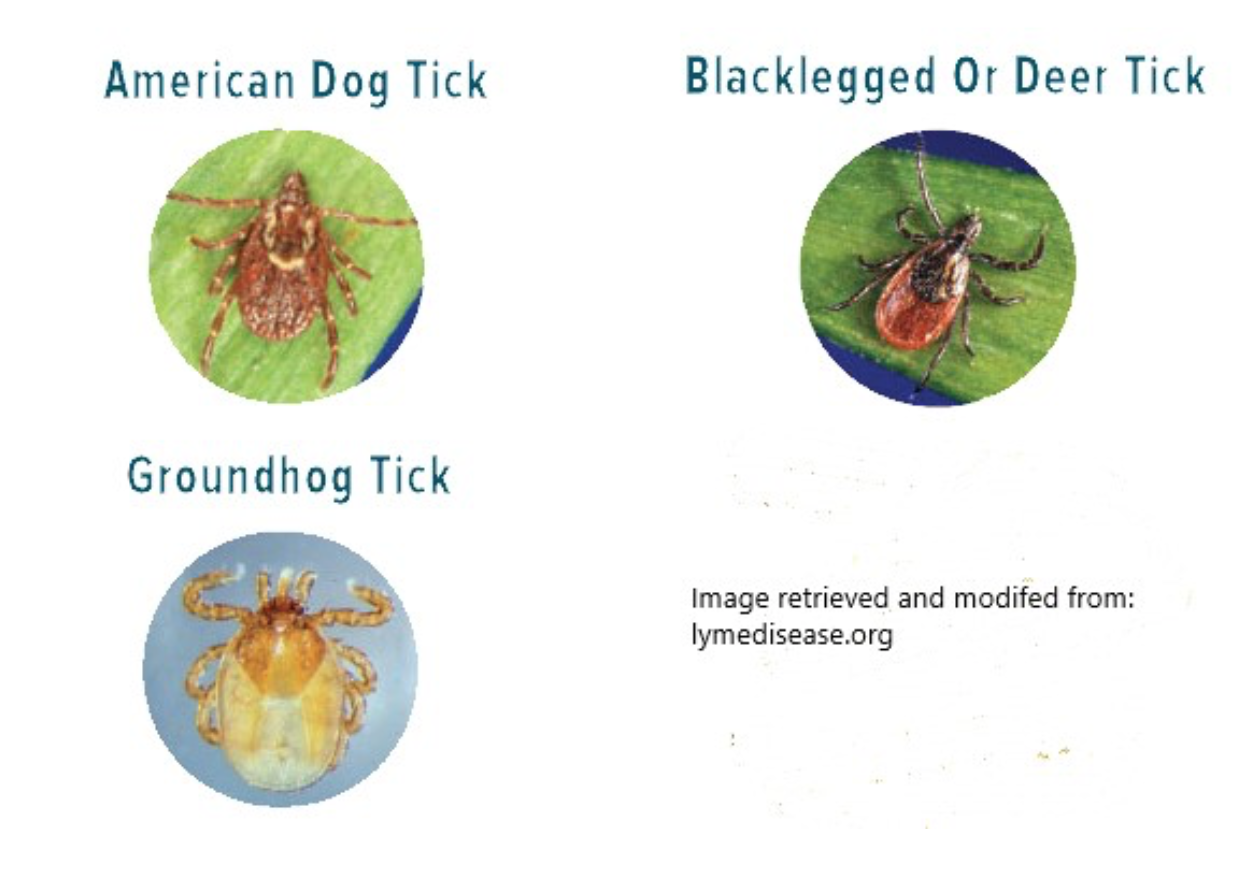
Ticks Lyme Disease And Our Pets St David S Veterinary Clinic

Update Protecting Yourself Your Dog From Ticks Toronto 2020 Royal York Animal Hospital

1 Life Cycle Of The Ixodes Vector Ticks And Enzootic Transmission Of Download Scientific Diagram

